Every year, millions of people in the U.S. rely on generic drugs to manage chronic conditions like high blood pressure, diabetes, and depression. These medications save patients billions of dollars - but behind the low price tag lies a hidden risk: contamination. In 2022, generic drug contamination was behind nearly 4 out of 10 drug recalls in the U.S., according to FDA data. And it’s not just a foreign problem. Contaminated pills, powders, and creams are showing up in pharmacies across America - from rural clinics to big-city hospitals.
What Exactly Is Generic Drug Contamination?
Contamination means something unwanted ends up in your medicine. It could be chemical residues from another drug, tiny bits of metal, mold spores, or even bacteria. The FDA defines it as the unintended introduction of impurities - from the environment, other products, or even the manufacturing process itself.
These aren’t random accidents. They happen because of how generic drugs are made. Unlike brand-name drugs, which often have dedicated facilities, many generic manufacturers produce dozens of different drugs on the same lines. One day, they make blood pressure pills. The next day, they make antidepressants. If cleaning isn’t perfect, traces of the first drug stick around - and end up in the second.
Some contaminants are harmless. Others aren’t. In 2018, a group of generic blood pressure pills were found to contain nitrosamines - cancer-causing chemicals. More than 2,300 batches were pulled from shelves. Patients didn’t know their pills were dangerous until it was too late.
Where Do Contaminants Come From?
Most generic drugs - 80% of the active ingredients - are made overseas, mostly in India and China. The FDA inspects fewer than 1% of these foreign factories each year. That’s like checking one house out of every hundred in a city to make sure it’s safe.
Inside the factories, contamination can happen in several ways:
- Cross-contamination: When leftover powder from one drug sticks to equipment and mixes with the next batch. This is especially risky with potent drugs like cancer treatments, where even a tiny amount can cause serious harm.
- Microbial growth: Mold or bacteria can grow in moist environments during production. For non-sterile pills, the FDA allows up to 1,000 colony-forming units per gram. But if the count hits 10,000? That’s a problem.
- Human error: People shed 40,000 skin cells per minute. In cleanrooms, even small movements can release 100,000 particles into the air. If staff don’t wear proper gowns or follow protocols, they’re literally contaminating your medicine.
- Poor cleaning: Cleaning validation requires removing 10 parts per million (ppm) of previous drug residue. But for highly potent drugs - like those used for hormone therapy or cancer - that limit may be too high. Some experts say it should be as low as 0.1 ppm.
And it’s not just the factory. Contamination can happen at the pharmacy too. A 2022 OSHA report found that 63% of compounding pharmacies lacked proper ventilation or protective gear. Pharmacists were handling hazardous drugs like cyclophosphamide without gloves or masks - and traces of the drug were found on 85% of their work surfaces.
Why Are Generic Drugs More at Risk?
Here’s the hard truth: generic drugmakers operate on razor-thin margins. While brand-name companies make 60-70% profit per pill, generics make 20-25%. That means less money for clean rooms, better equipment, or staff training.
FDA inspection data shows that 8.3% of generic manufacturing sites had contamination-related violations in 2022 - compared to just 5.1% for brand-name facilities. Indian factories, which supply most of the world’s generics, had 12.7% of inspections flag contamination issues - more than double the rate of U.S.-based plants.
Older facilities are also a problem. Factories built before 2000 are 34% more likely to have contamination issues. Why? Their ventilation systems are outdated. Their cleaning tools are outdated. Their staff aren’t trained on modern standards.
But not all generics are risky. Some companies - like Teva Pharmaceuticals in Italy - invested millions in closed manufacturing systems. These are sealed rooms where drugs are made without human contact. Between 2018 and 2022, Teva cut contamination incidents by 78%. Mylan’s U.S. plant used real-time particle monitors and better gowning procedures - and reduced contamination by 82%.
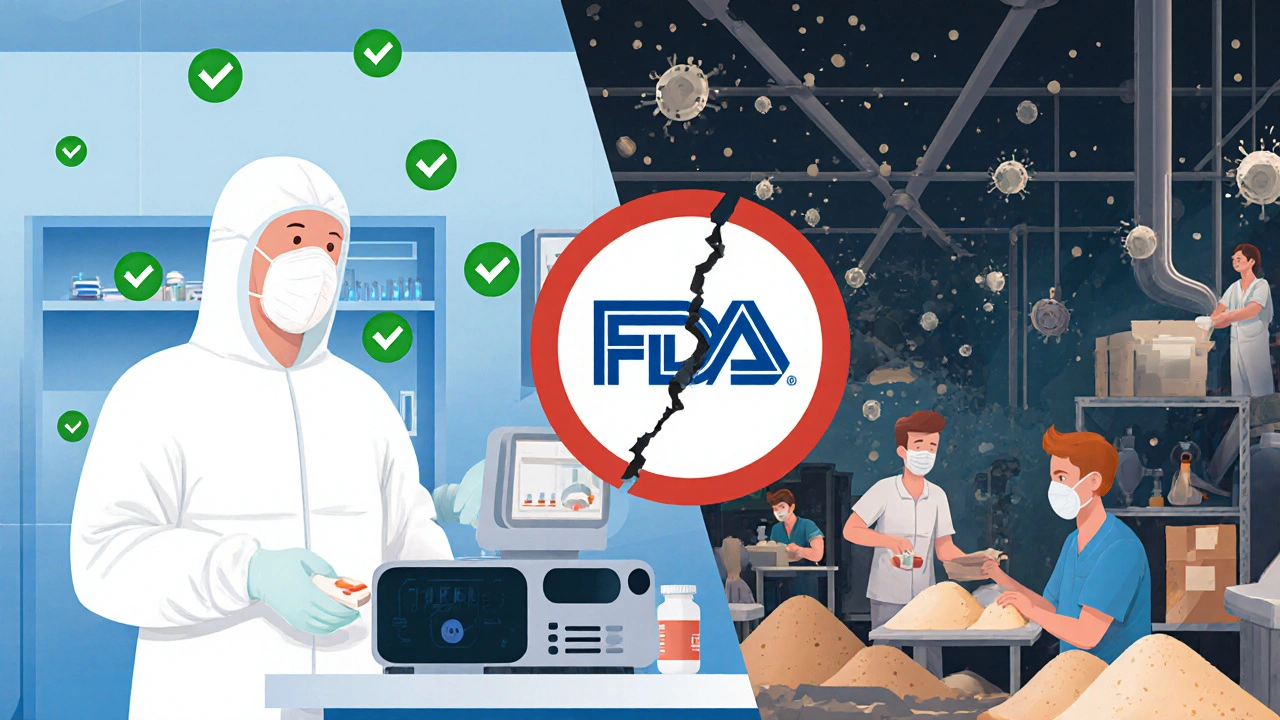
How Are Contaminated Drugs Detected?
Traditionally, labs took 7 days to test for microbes. Now, new rapid testing methods can give results in just 4 hours. Sixty-three percent of top generic manufacturers have adopted these tools. But many smaller companies still use old methods - because they’re cheaper.
When a problem is found, the FDA has two main tools:
- MedWatch: A public reporting system where doctors, pharmacists, and patients can report bad drugs. Between 2020 and 2022, 1,247 reports mentioned possible contamination. Nearly 400 of those led to confirmed patient harm - rashes, nausea, infections, even organ damage.
- Recalls: The FDA can force a recall under 21 CFR Part 7. In 2022, contamination caused 22% of all drug recalls. Each recall costs manufacturers an average of $18.7 million.
One real case: A patient in Florida developed severe skin burns after using a generic hydrocortisone cream. Testing found copper particles - likely from faulty manufacturing equipment. The FDA confirmed the contamination and pulled the batch. The patient recovered, but only after weeks of treatment.
What Can You Do to Protect Yourself?
You can’t test your pills at home. But you can be smarter about how you use them.
- Check the manufacturer: Not all generics are made equal. Look at the pill’s imprint code (the letters/numbers on it) and search online. Some manufacturers have better track records. Teva, Mylan, and Sandoz are generally more reliable than obscure brands.
- Watch for changes: If your generic pill suddenly looks different - new color, shape, or smell - ask your pharmacist. It could be a different maker. Or worse, a contaminated batch.
- Report anything strange: If you feel worse after starting a new generic, or notice weird specks in your pills, report it to MedWatch. Your report could help stop a dangerous batch before it hurts someone else.
- Ask about sourcing: Independent pharmacies often know where their generics come from. Ask: “Is this made in the U.S. or imported?” While imported isn’t automatically bad, knowing the source helps you make informed choices.
Also, don’t assume “FDA-approved” means “perfect.” The FDA approves drugs based on standards - but doesn’t test every batch. It trusts manufacturers to follow rules. And when those rules aren’t followed, people get hurt.
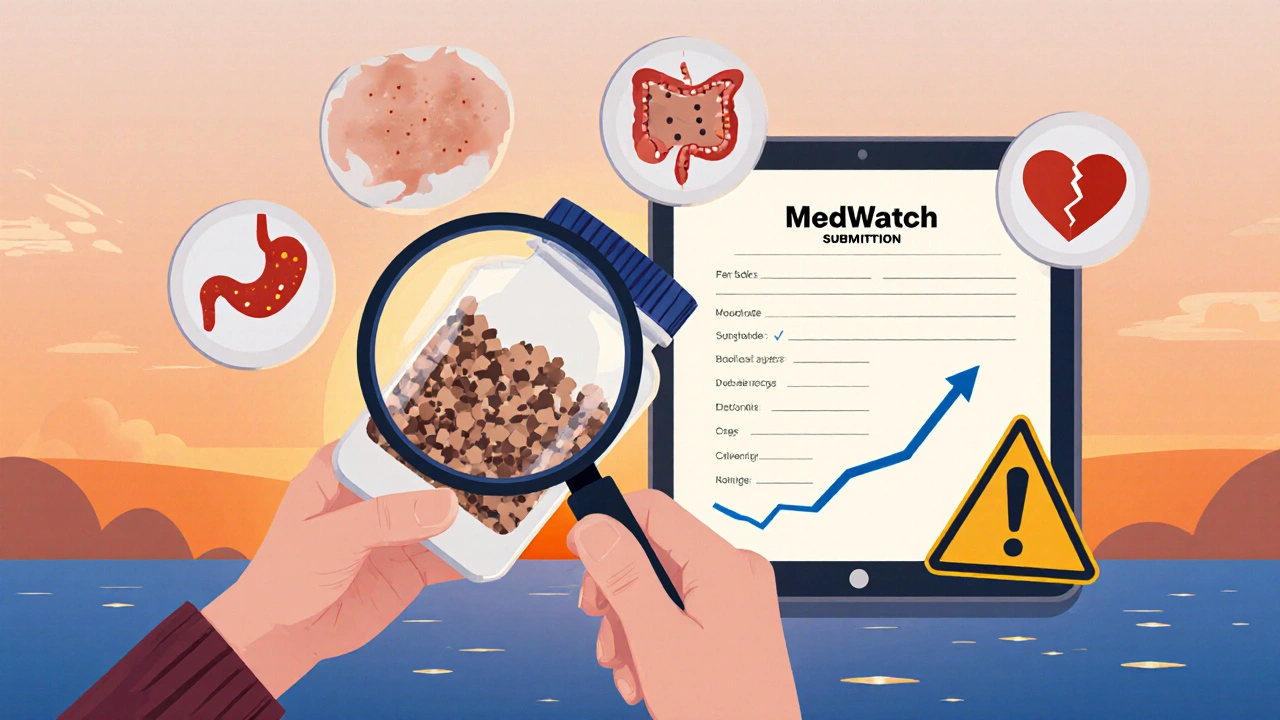
The Future: Better Systems, But Still Risks
The FDA is trying to fix this. In 2023, they launched PREDICT - a new system that flags 37% more suspicious drug shipments than before. They’re also requiring nitrosamine testing for all blood pressure drugs made with sartan ingredients. That’s a direct response to the 2018 crisis.
By 2024, the FDA plans to roll out AI-powered monitoring systems that analyze 15,000 data points per factory to predict contamination before it happens. These systems are already 89% accurate in tests.
But here’s the catch: global supply chains are getting more complex, not less. Even with better tech, if 80% of your drug ingredients come from halfway across the world - and you only inspect 1% of factories - the risk will always be there.
Experts agree: the current 10 ppm residue limit isn’t enough for potent drugs. The National Academy of Sciences says current regulations don’t fully address modern contamination vectors. And Dr. Scott Gottlieb, former FDA commissioner, warned in 2021: “Our inspection system is outdated for a global supply chain.”
Until manufacturers invest in clean rooms, rapid testing, and better training - and until regulators enforce those standards - contamination will remain a quiet threat in your medicine cabinet.
What Happens If You Take a Contaminated Drug?
Most people won’t notice anything. But for some, the effects are serious:
- Allergic reactions: Metal particles or mold can trigger rashes, swelling, or breathing problems.
- Toxic effects: Nitrosamines and heavy metals can damage organs over time.
- Reduced effectiveness: If a drug is diluted or mixed with another substance, it may not work - putting chronic disease patients at risk.
- Drug interactions: Unintended chemicals can react badly with other meds you’re taking.
One Reddit user, u/PharmTech99, posted in January 2022 about metronidazole pills with blue specks. Lab tests found copper contamination. The patient had been taking the drug for a bacterial infection - and the copper made them nauseous and dizzy. They stopped the pills and switched brands. Symptoms went away.
That’s the pattern: contamination is often subtle. It doesn’t always cause immediate harm. But it doesn’t have to. Long-term exposure to low levels of toxins can quietly damage your health.
Can I trust generic drugs?
Yes - most generic drugs are safe and effective. They must meet the same FDA standards as brand-name drugs. But safety depends on the manufacturer and how well they follow cleaning and quality controls. Some companies cut corners. Others invest heavily in prevention. Do your research, check the maker, and report anything unusual.
How do I know if my generic drug is contaminated?
You usually can’t tell by looking. But signs include: pills that look different from your last refill, unusual odors, strange tastes, or new side effects after switching brands. If you notice any of these, talk to your pharmacist. They can check the manufacturer and batch number.
Are all imported generic drugs unsafe?
No. Many top generic manufacturers are based in India and China and follow strict quality standards. But factories with poor oversight are more common overseas. Look for brands from companies with a history of FDA compliance - like Teva, Sandoz, or Mylan - rather than unknown labels.
What should I do if I suspect contamination?
Stop taking the drug. Keep the packaging and pills. Contact your pharmacist and doctor. Then report it to the FDA through MedWatch at fda.gov/medwatch. Your report helps track patterns and may trigger a recall.
Is it worth paying more for brand-name drugs?
For most people, no. Generics are 80-90% cheaper and just as effective. But if you’ve had a bad reaction to a generic, or you’re taking a high-risk drug like cancer treatment or thyroid medication, talk to your doctor about switching to brand. Your health matters more than the price tag.
Final Thoughts
Generic drugs are essential. They keep millions of people healthy and save the U.S. healthcare system billions. But they’re not risk-free. Contamination is real, preventable, and often hidden.
The system isn’t broken - it’s stretched thin. Manufacturers are pressured to cut costs. Regulators are overwhelmed. Patients are left in the dark.
The best defense? Stay informed. Know your pills. Ask questions. Report concerns. And remember: just because a drug is cheap doesn’t mean it’s safe. Your health deserves more than a bargain.


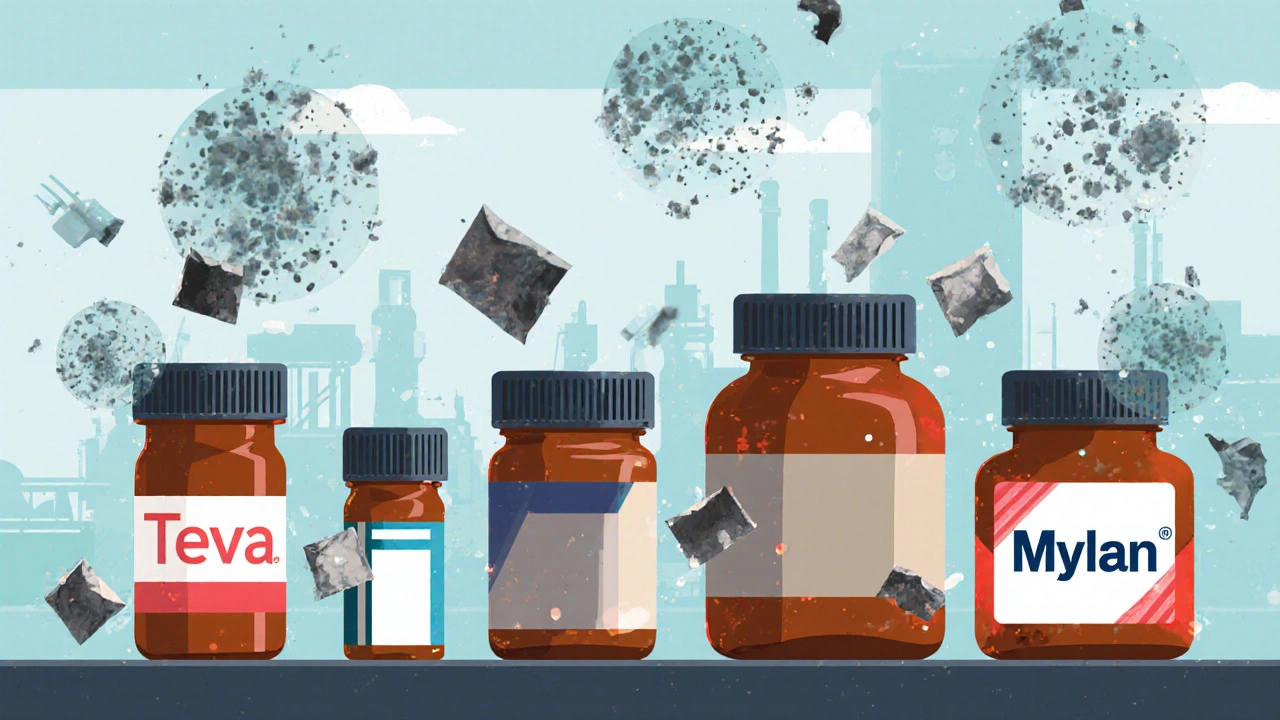
 Medications
Medications
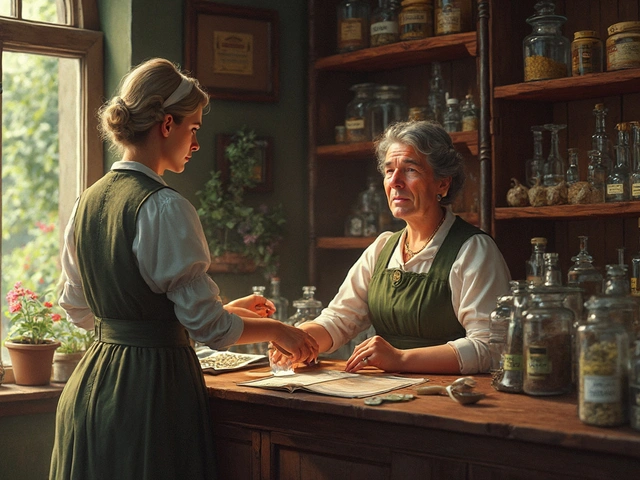
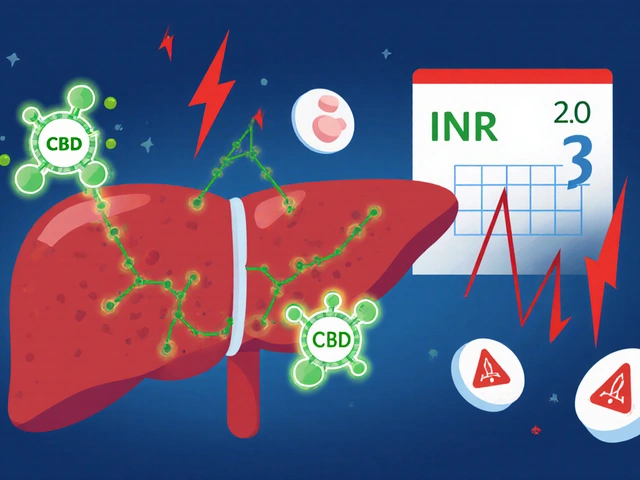
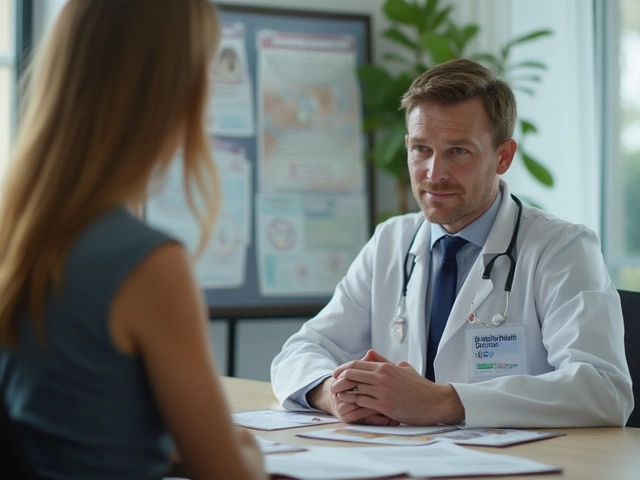


Jennifer Walton
November 14, 2025 AT 14:54It’s not about trust. It’s about probability. We accept risk every day-crosswalks, air travel, processed food. Medicine’s just another variable.
Kihya Beitz
November 15, 2025 AT 00:14So let me get this straight-we’re okay with people taking pills that might have metal dust in them because it’s cheaper? 😂 Next they’ll sell us ‘economy’ insulin with a side of rust flakes.
Hollis Hollywood
November 15, 2025 AT 15:23I’ve been on generics for over a decade-blood pressure, antidepressants, even thyroid meds. Never had an issue. But I also live in a state where pharmacies are required to log batch numbers and notify you if there’s a recall. Maybe it’s not the drug-it’s the system. The people who get hurt are the ones without access to good pharmacists or clear labeling. We need better tracking, not fear.
Aidan McCord-Amasis
November 17, 2025 AT 07:29LOL FDA inspects 1% of factories. That’s like checking one toilet in a stadium and calling it clean. 🤦♂️
Adam Dille
November 19, 2025 AT 01:37My grandma takes a generic for diabetes and swears by it. She’s 82 and still gardening. But she also calls the pharmacy every time the pill looks different. Smart lady. Maybe the answer isn’t to ditch generics-it’s to be more curious about where they come from.
Katie Baker
November 20, 2025 AT 14:19Love that you included how to report issues via MedWatch. So many people don’t know that’s an option. Seriously-take two minutes and file a report if something feels off. It helps more than you think. 💪
John Foster
November 20, 2025 AT 20:53There’s a deeper truth here that no one wants to admit: we’ve outsourced not just manufacturing, but responsibility. We want cheap medicine, so we let factories overseas cut corners. We want convenience, so we don’t ask questions. And when the system fails, we blame the pill, not the structure that made it possible. This isn’t a regulatory failure-it’s a moral one. We chose this. We optimized for price over person. And now we’re surprised when the human cost shows up in a rash, a dizziness, a failed lab test? We knew. We just looked away.
Edward Ward
November 22, 2025 AT 14:30It’s worth noting that the 10 ppm residue limit was established decades ago, based on data from non-potent drugs-like ibuprofen or antacids. But for oncology drugs, hormone therapies, or neuroactive compounds? That’s like using a kitchen scale to weigh gold. The science has evolved; the regulations haven’t. And the FDA’s underfunded, understaffed, and politically constrained. They can’t keep up. The real issue isn’t corruption-it’s institutional inertia. We need a new standard-one that scales with drug potency, not just batch size. And until then, patients are the canaries in the coal mine.
Andrew Eppich
November 23, 2025 AT 13:01It is unacceptable that American citizens are forced to consume pharmaceutical products manufactured under conditions that would be deemed unsanitary in any other industry. The FDA must be granted greater authority and funding to enforce compliance. This is not a matter of opinion-it is a matter of public health integrity.
Jessica Chambers
November 23, 2025 AT 21:55Yup. I switched to brand-name levothyroxine after my generic gave me heart palpitations. Turns out, the filler was different. My pharmacist laughed. "It’s the same drug," she said. But my body didn’t agree. 🤷♀️
Shyamal Spadoni
November 25, 2025 AT 17:09They’re hiding something. The FDA, Big Pharma, the WHO-they all work together. The real danger isn’t copper or mold-it’s nanotech tracking chips. They’re putting them in the pills so they can monitor your mood, your heart rate, your thoughts. That’s why they don’t test every batch-they don’t need to. You’re already being watched. And if you speak up? They’ll just say you’re paranoid. But I know. I’ve seen the patterns. The blue specks? That’s not copper. That’s a signal. They want you to think it’s contamination. But it’s control.